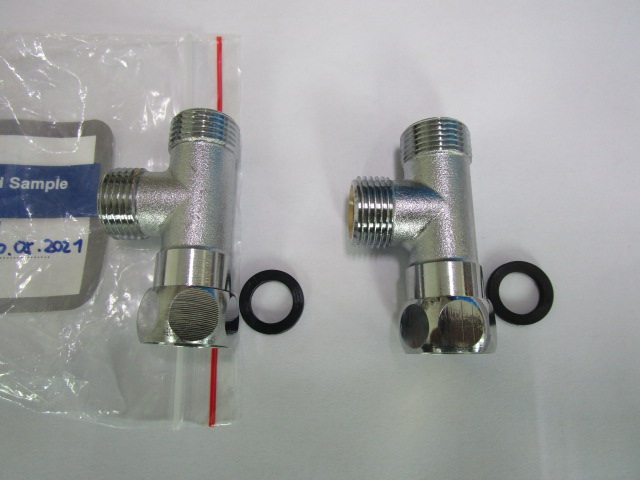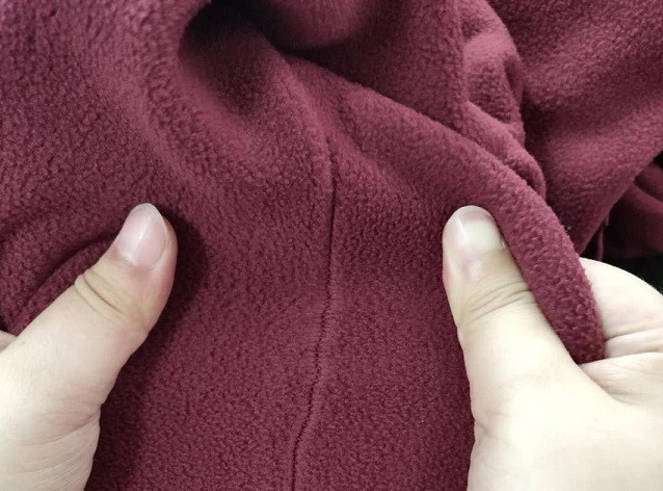
With over a decade of experience in providing apparel inspection services to global brands in Chinese factories, NBNQC has consistently strived to enhance its knowledge and ensure that its inspection standards remain in sync with international practices. In this article, we will delve into the necessary tests involved in the apparel inspection process and shed light on how NBNQC executes these tests effectively.

Contents [hide]
1.Fabric Inspection:
Fabric forms the backbone of any garment, making it imperative to assess its quality before proceeding with production. NBNQC conducts thorough fabric inspections, scrutinizing aspects such as color consistency, texture, weight, and weave construction. This process helps identify any defects or irregularities that may impact the final product’s appearance and performance. Our experienced inspectors meticulously examine the fabric rolls, ensuring that they meet the specified quality standards.
Execution:
- Inspectors collect representative fabric samples from each batch or roll for evaluation.
- They analyze the fabric’s visual appearance, verifying color consistency and texture.
- Physical tests, such as fabric weight measurement and weave construction assessment, are conducted using appropriate equipment.
- Any defects or irregularities detected during the inspection are documented and reported to the client.
2.Print or Embroidery Assessment:
Garments often feature intricate prints or embroidered designs that contribute to their aesthetic appeal. NBNQC conducts comprehensive assessments of these elements to ensure they meet the brand’s standards and customer expectations. Our inspectors verify the accuracy of print placement, assess color consistency, and examine the sharpness of details in the prints or embroidery work.
Execution:
- Inspectors closely examine the print or embroidery on representative garment samples.
- They evaluate the accuracy of print placement and verify if it aligns with the approved design.
- Color consistency is assessed by comparing the actual print with the approved color swatches.
- Inspectors use magnifying tools to inspect the sharpness and clarity of details in the prints or embroidery.
- Any deviations or discrepancies from the desired standards are documented and reported for corrective action.
3.Seam Strength Testing:
The strength of garment seams is crucial for ensuring their durability and longevity. NBNQC conducts seam strength testing to determine the resistance of seams to tension and stress. By subjecting the seams to controlled pressure, we can identify potential weaknesses or defects, allowing for timely rectification before the product reaches the market.
Execution:
- Inspectors select representative garment samples and identify critical seam areas for testing.
- They employ specialized equipment to apply controlled tension or stress on the seams.
- The seams are examined for any signs of fraying, tearing, or other weaknesses.
- The results of the seam strength test are recorded, and any substandard seams are marked for necessary repairs or improvements.
4.Colorfastness Testing:
Colorfastness refers to a fabric or garment’s ability to retain its color when exposed to various factors such as washing, light, and perspiration. NBNQC conducts colorfastness testing to ensure that the dyes used in the garment are resistant to fading or bleeding. This assessment guarantees that the apparel maintains its intended color and appearance throughout its lifespan.
Execution:
- Inspectors collect fabric or garment samples and subject them to simulated conditions that mimic real-world usage.
- They perform tests such as colorfastness to washing, light, perspiration, and other relevant factors.
- The samples are observed for any color changes, bleeding, or fading.
- The test results are evaluated against industry standards, and any non-compliance is documented for appropriate action.
5.Dimensional Stability Evaluation:
Consistent sizing is crucial for customer satisfaction and fit across different garments. NBNQC conducts dimensional stability evaluations to ensure that garments maintain their intended measurements even after washing or regular use. This test helps identify any shrinkage or distortion issues, allowing for necessary adjustments in production processes to meet the desired size specifications.
Execution:
- Inspectors select representative garment samples and carefully measure their dimensions.
- The samples are then subjected to simulated washing or usage conditions, such as repeated cycles of washing and drying.
- After the testing process, the garments’ dimensions are measured again to identify any changes or inconsistencies.
- Any significant deviations from the desired size specifications are recorded for corrective measures.
6.Zipper and Button Functionality:
Functional components like zippers and buttons play a significant role in the overall usability of a garment. NBNQC thoroughly checks the functionality of these elements to ensure smooth operation, proper alignment, and secure fastening. By identifying any issues with zippers or buttons early on, necessary improvements can be made to avoid customer complaints and returns due to faulty closures.
Execution:
- Inspectors examine the zippers and buttons on garment samples, assessing their functionality and alignment.
- They verify if zippers operate smoothly without any snagging or jamming issues.
- Buttons are tested for secure fastening and ease of use.
- Inspectors document any malfunctions or deficiencies observed in the zipper or button closures.
7.Labeling and Packaging Verification:
Accurate labeling and appropriate packaging are crucial for regulatory compliance and brand representation. NBNQC verifies that the labels contain all the required information, such as garment composition, care instructions, and country of origin. Additionally, packaging is checked to ensure it adequately protects the product during transit and effectively displays the brand’s image.
Execution:
- Inspectors review the labels on the garment samples, verifying the presence and accuracy of essential information.
- They cross-check the provided information with the client’s specifications and applicable regulations.
- Packaging materials and design are inspected to ensure they provide adequate protection and represent the brand appropriately.
- Any discrepancies or non-compliance with labeling or packaging requirements are noted for corrective action.
NBNQC’s apparel inspection process involves a range of essential tests to maintain high-quality standards in garment production. By executing fabric inspection, print or embroidery assessments, seam strength testing, colorfastness testing, dimensional stability evaluations, zipper and button functionality checks, and labeling and packaging verifications, we ensure that the final products meet the expectations of global brands and their customers. Through continuous learning and adherence to international practices, NBNQC strives to provide reliable inspection services that enhance overall quality control in the apparel manufacturing industry.




